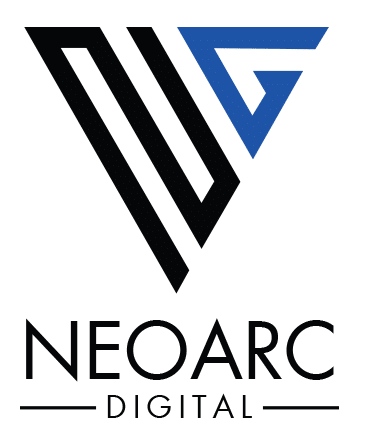In the competitive world of digital marketing, creative design is not just about aesthetics; it’s a potent tool for engaging users and driving conversions. This article explores effective design strategies through a series of successful case studies, highlighting the elements that made each design particularly impactful.
- Minimalist Design: Apple’s Website
Case Study Overview: Apple is renowned for its minimalist web design that focuses on clean lines, ample white space, and intuitive navigation. This approach not only reflects its brand philosophy of simplicity and innovation but also enhances user experience by making information easily accessible.
Why It Worked:
- Visual Clarity: The use of white space helps focus users’ attention on key elements, such as product images and call-to-action buttons.
- Intuitive Navigation: Simple and clear menu options guide users effortlessly through the website, reducing bounce rates and improving the overall user experience.
- Brand Consistency: The minimalist design is consistent with Apple’s branding, reinforcing the company’s identity across all customer touchpoints.
- Interactive Design: Nike’s Reactor Campaign
Case Study Overview: Nike’s Reactor campaign featured an interactive design where users could test the responsiveness of the React shoe technology through online activities. This campaign provided a hands-on experience, making it both engaging and educational.
Why It Worked:
- Engagement Through Interactivity: Allowing users to interact with the product virtually led to increased engagement levels.
- Educational Value: Users learned about the product’s unique features through direct interaction, which helped in building product understanding and confidence.
- Memorable Experience: The innovative use of technology created a memorable user experience that helped differentiate the brand in a crowded market.
- Storytelling: Airbnb’s “Live There” Campaign
Case Study Overview: Airbnb’s “Live There” campaign used storytelling through user-generated content and immersive visuals to transform standard vacation rental browsing into a more personalized experience. Users could see themselves living in the homes listed, rather than just visiting.
Why It Worked:
- Emotional Connection: The use of real stories from hosts and travelers created an emotional connection with users, increasing trust and credibility.
- Personalization: Showcasing real experiences tailored to different traveler types made users feel that the service could meet their unique travel needs.
- Visual Appeal: High-quality images and videos of real homes, as opposed to typical hotel rooms, highlighted the unique and authentic experiences Airbnb offers.
- Gamification: Duolingo’s Language Learning App
Case Study Overview: Duolingo uses gamification elements in its app design to make language learning a fun and addictive experience. Points, levels, and daily streaks encourage users to return and continue their lessons.
Why It Worked:
- User Motivation: Gamification techniques like earning points and badges keep users motivated by providing a sense of achievement.
- Progress Tracking: Visual progress indicators help users see their advancement, which boosts their confidence and commitment to learning.
- Engagement Loops: Daily challenges and rewards create a habit-forming loop, increasing daily engagement and retention rates.
Conclusion
Effective design strategies go beyond mere aesthetics. They incorporate elements of minimalism, interactivity, storytelling, and gamification to create memorable and engaging user experiences that lead to higher conversion rates. By examining these successful case studies, businesses can gain insights into how design can be strategically used to not only catch the eye but also captivate the heart, ultimately driving meaningful interactions and conversions.




